On my way to North Carolina, I had the incredible opportunity to make a stop in Savannah, Georgia. The distance from Atlanta, Georgia, to Savannah, Georgia, is approximately 248 miles (399 kilometers) when traveling by road via Interstate 75 South and Interstate 16 East. The drive usually takes around 3.5 to 4 hours, depending on traffic and road conditions.
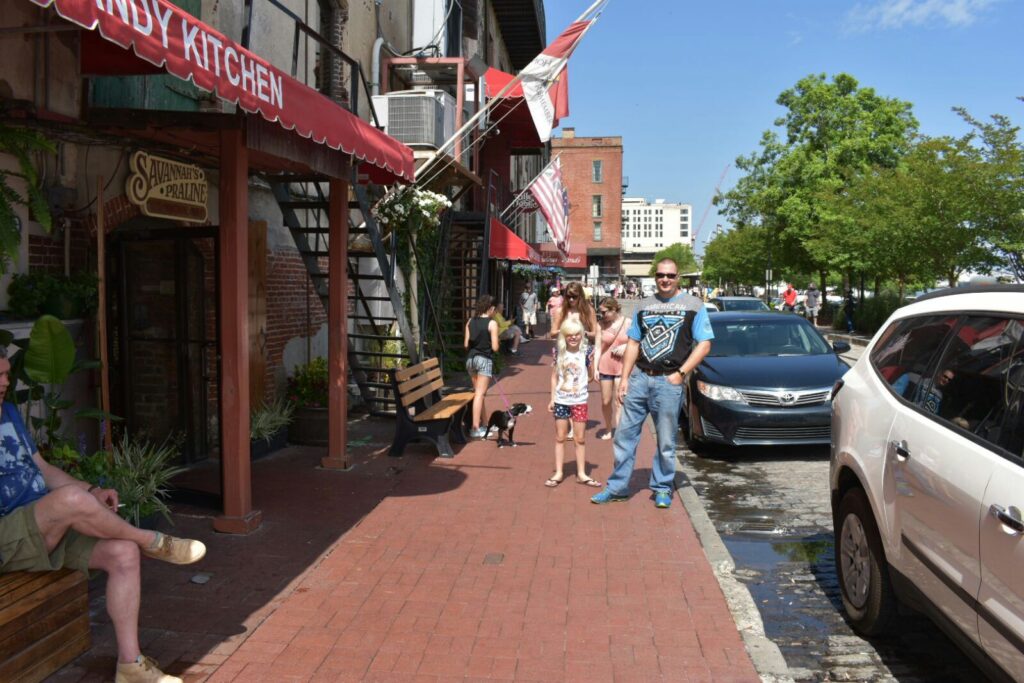
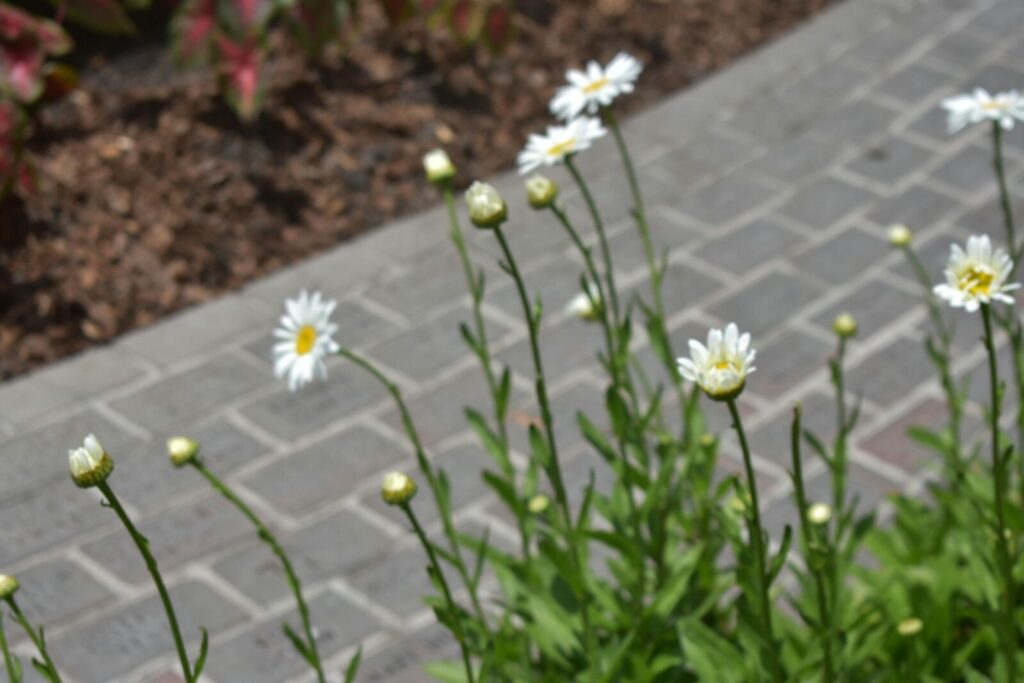
The distance from Jacksonville, Florida, to Savannah, Georgia, is approximately 139 miles (224 kilometers) when traveling by road via Interstate 95 North. The drive typically takes around 2 to 2.5 hours, again depending on factors like traffic and road conditions. As I drove into town, I was surprised, how it was an absolute gem of a town. From the moment I arrived, I was completely captivated by its European-like charm, rich architecture, and deep-rooted history. I’m convinced that Savannah is a destination that should be on everyone’s travel bucket list.
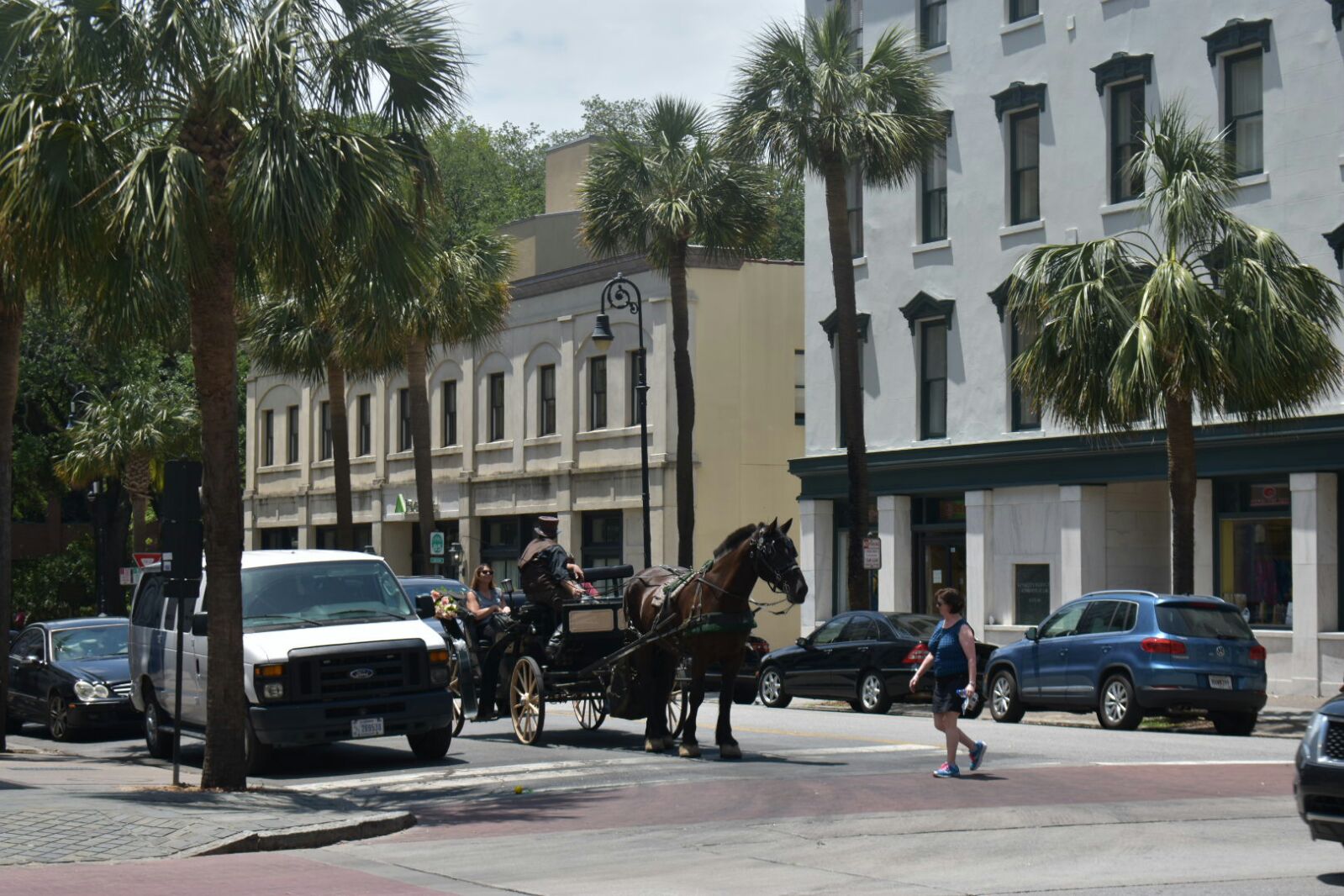
Savannah, Georgia, was founded in 1733 by General James Oglethorpe. It was established as the first settlement of the British colony of Georgia. Oglethorpe and a group of colonists arrived on the site and laid out the city’s distinctive grid pattern, which is still evident in Savannah’s historic district today. The city was named in honor of the Savannah River, which runs alongside it. Savannah is one of the oldest cities in the United States and has a rich history that includes its role in the American Revolution and Civil War, contributing to its unique charm and historic significance.
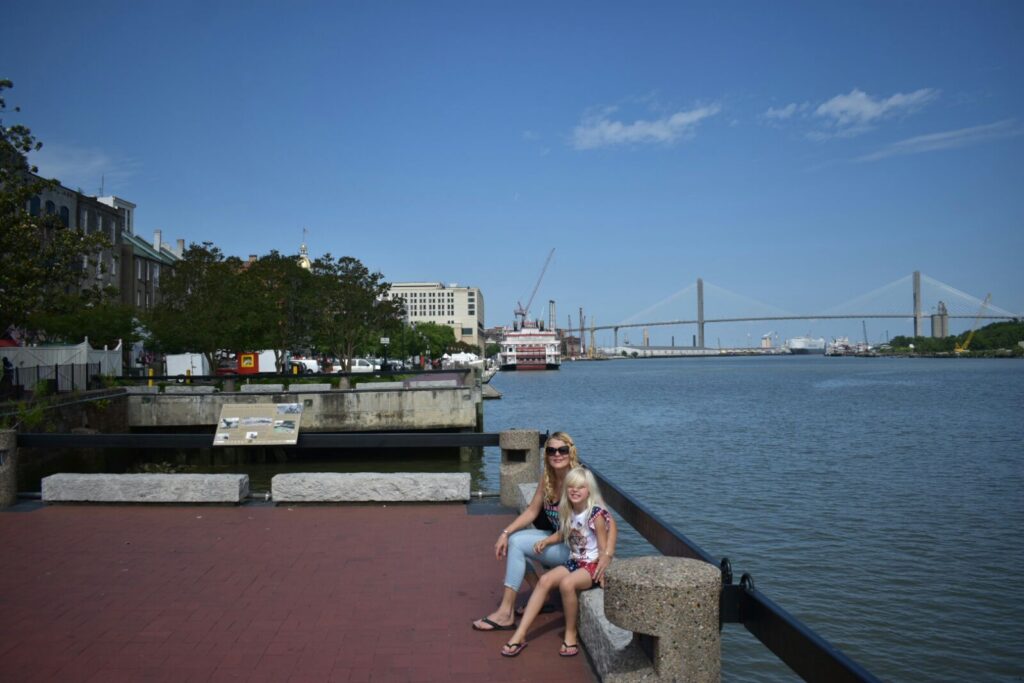
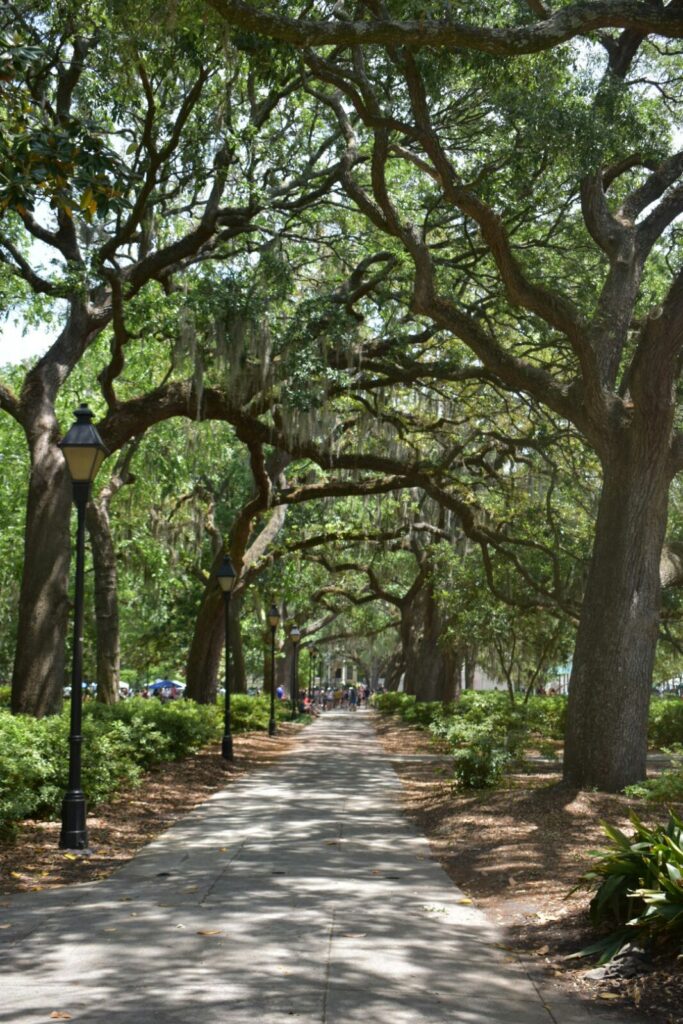
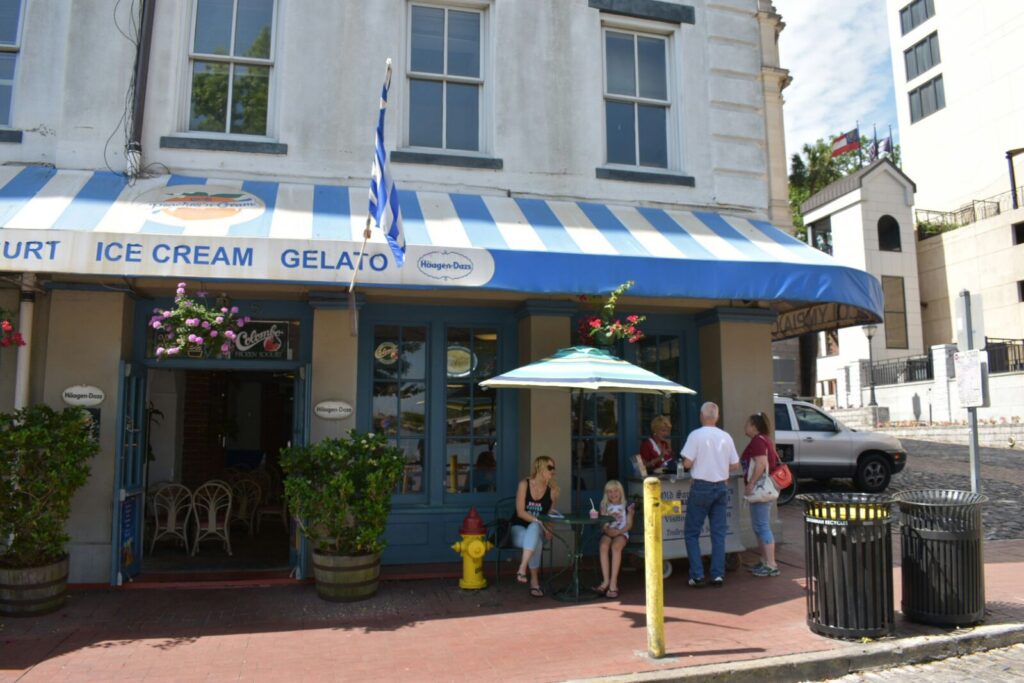
Savannah, Georgia, boasts a rich tapestry of architectural styles that reflect its long and diverse history. From the Colonial Georgian buildings with their symmetrical red-brick facades to the delicate Federal-style structures adorned with decorative details like fanlights, the city’s architectural heritage is a testament to its enduring charm. Greek Revival mansions grace the streets with their grand columns and pediments, while Italianate architecture introduces ornate brackets and elegant windows. A touch of Gothic Revival can be found in churches, while Victorian homes display eclectic and colorful designs. Savannah’s historic squares, surrounded by well-preserved townhouses, add to the city’s unique architectural allure, all underscored by a strong commitment to historic preservation, making it a captivating destination for architecture aficionados and history enthusiasts alike
Savannah, Georgia, holds a profound historical significance in the context of the American Civil War. It became a focal point during General William T. Sherman’s March to the Sea in 1864, a campaign aimed at capturing the city to disrupt the Confederacy’s capabilities. During the subsequent Siege of Savannah, both Confederate and Union forces constructed extensive fortifications and earthworks. Some remnants of these defensive structures still endure today, with Fort Pulaski on Cockspur Island being a notable example open for visitors. Savannah’s surrender on December 22, 1864, marked a pivotal moment in the Civil War, granting the Union control over a vital Southern port. The city continues to honor and remember this historical period through museums, landmarks, and events, preserving its enduring legacy in the nation’s history.
As I strolled through the streets of Savannah, I couldn’t help but be amazed by the city’s elegant, old-world charm. The historic district was like stepping back in time, with its cobblestone streets, picturesque squares adorned with lush greenery, and well-preserved 18th and 19th-century buildings. The intricate wrought-iron balconies, pastel-colored facades, and meticulously manicured gardens gave Savannah an almost fairy-tale quality.

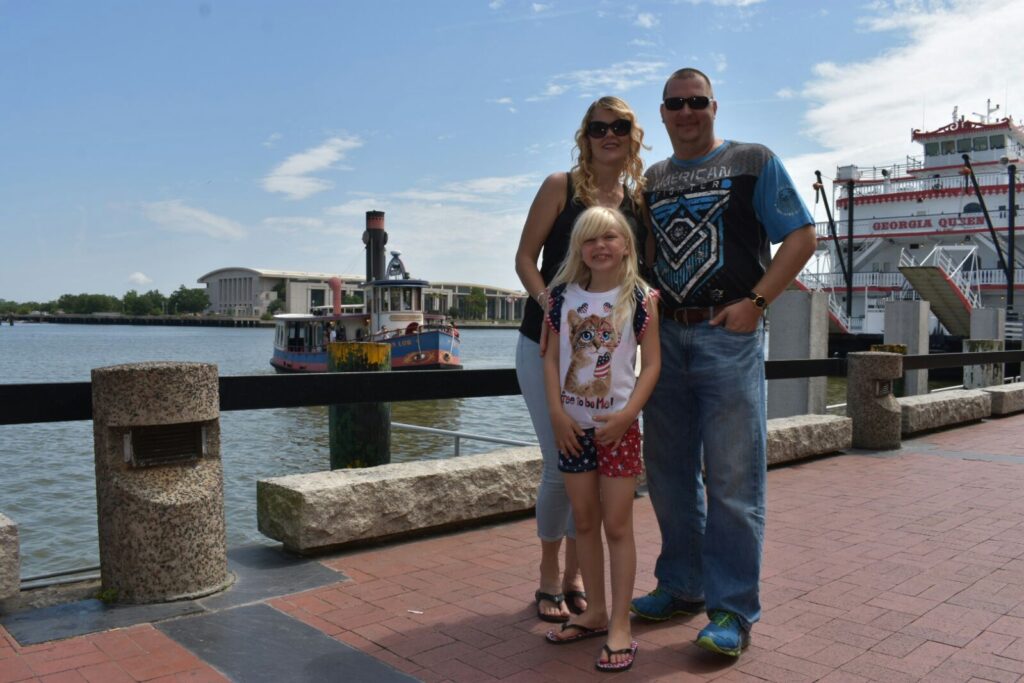
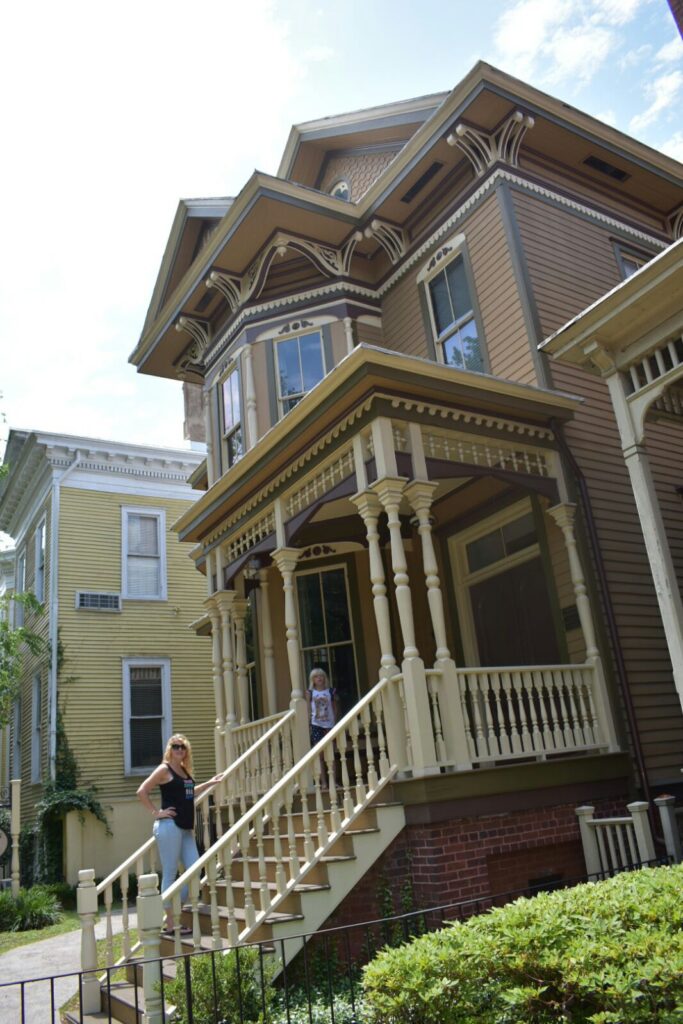
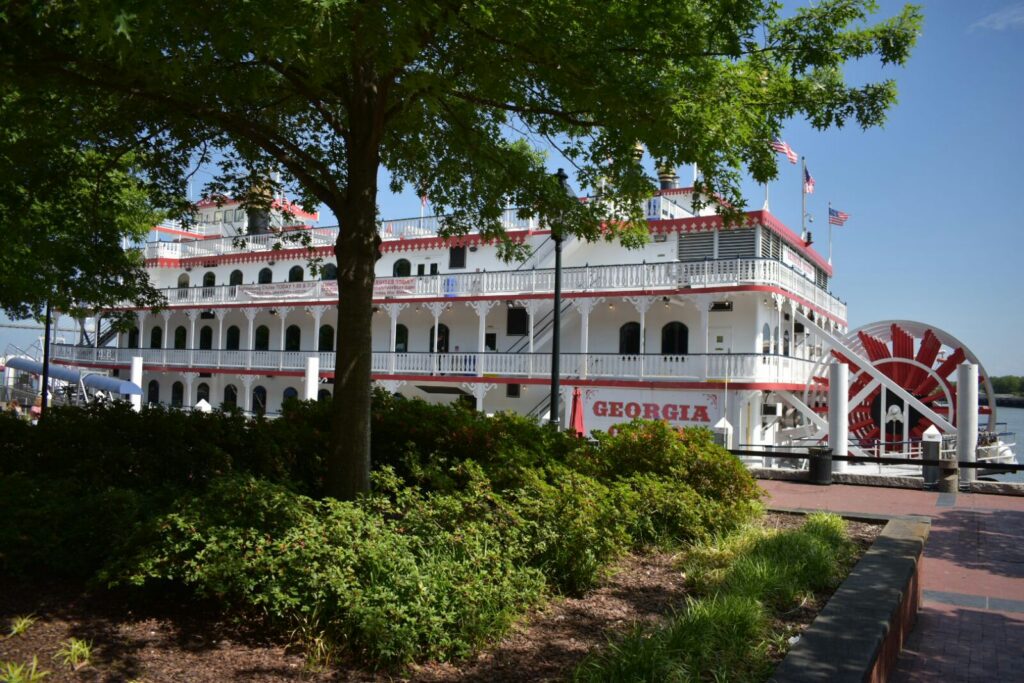
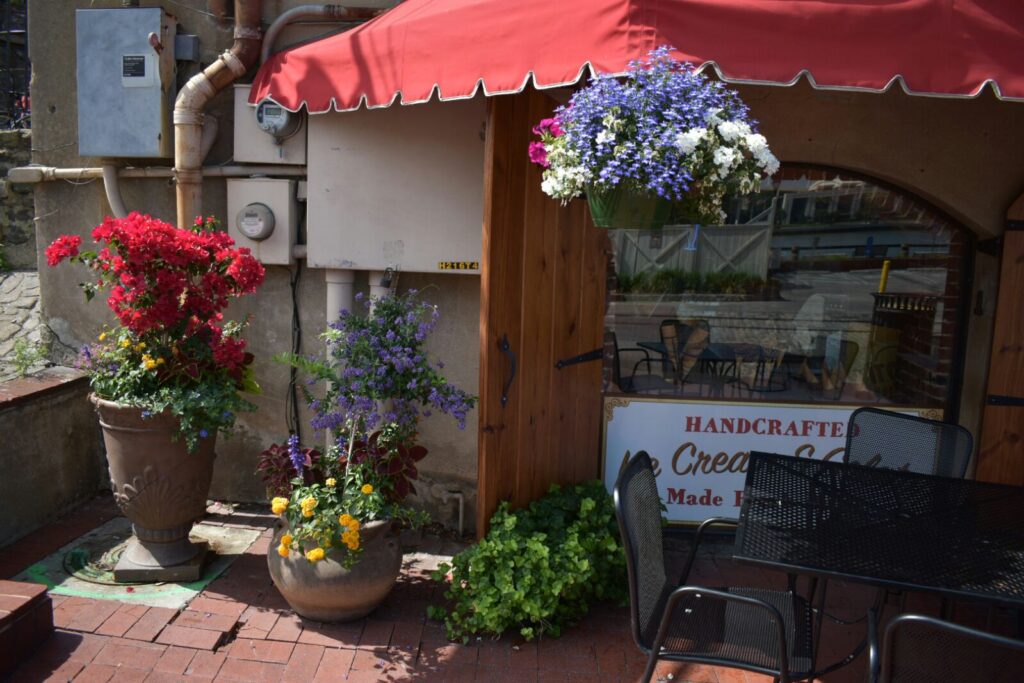
One of the highlights of my visit was undoubtedly the free ferry ride on the Savannah River. This enchanting voyage not only offered a respite from the hustle and bustle of the city but also provided an unforgettable panoramic view of Savannah and its breathtaking coastline. As the ferry glided gracefully along the gentle ripples of the river, I was immediately struck by the city’s timeless beauty. The skyline, adorned with historic spires and modern skyscrapers, created a captivating juxtaposition of old and new. The waterfront mansions, their grandeur on full display from the river, transported me to a bygone era of opulence. The river’s reflective surface mirrored the picturesque surroundings, enhancing the sense of tranquility and wonder. It was a serene moment, one where I felt deeply connected to the essence of Savannah, and I couldn’t help but be captivated by the sheer charm and natural beauty of this historic gem. I was treated to a panoramic vista of Savannah’s skyline, framed by the moss-draped oaks that line the riverbanks. The city’s unique blend of Southern charm and European sophistication was on full display from the water, and I couldn’t get enough of it.
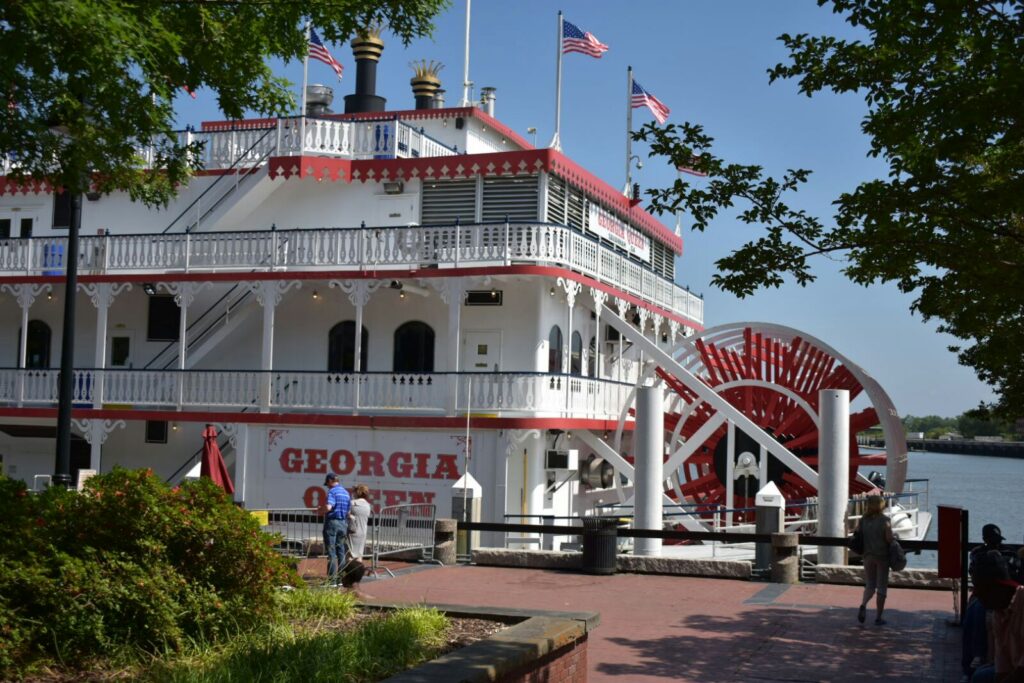
Savannah’s history is as captivating as its architecture. I found myself immersed in the tales of the past as I explored historic sites like Forsyth Park, the Mercer-Williams House, and the hauntingly beautiful Bonaventure Cemetery. Each place had its own story to tell, and I was transported back in time to a bygone era.
But what truly sets Savannah apart is its warm and welcoming atmosphere. The locals were incredibly friendly and proud of their city’s heritage, always eager to share stories and recommendations. I indulged in some mouthwatering Southern cuisine at charming local restaurants, savoring the flavors of the region.
In the evenings, the city came alive with a vibrant arts and culture scene. The streets were filled with live music, art galleries, and street performers, creating an electric ambiance that made me fall in love with Savannah even more. Cuisine here is more than just food; it’s a cultural expression that transcends borders and tells the story of a region’s history, traditions, and flavors. From the spicy and aromatic dishes of Southeast Asia to the hearty comfort foods of the American South, cuisine is a powerful reflection of the diverse tapestry of human experiences. It’s a universal language that brings people together, encouraging them to savor not just the taste but the essence of a place. Whether it’s the delicate artistry of sushi, the rich tapestry of flavors in Indian curries, or the soul-warming embrace of Italian pasta, cuisine is a journey of the senses that allows us to explore the world, one delicious bite at a time.
In summary, Savannah, Georgia, is a destination that left an indelible mark on my heart. Its European-like charm, rich history, stunning architecture, and warm hospitality make it a place like no other. From the free ferry rides on the Savannah River to the enchanting historic district, this city is a must-visit for anyone seeking a taste of Southern elegance and timeless beauty. I can’t wait to return and explore more of what this magical town has to offer.






